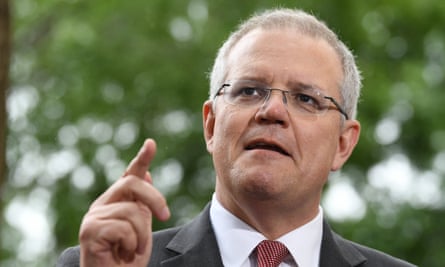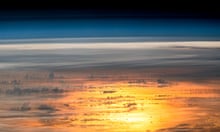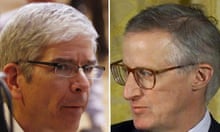A report by the Intergovernmental Panel on Climate Change confirms the enormous wisdom that governments showed in Paris in December 2015, when they agreed to the goal of “pursuing efforts” to limit global warming to 1.5C.
The report’s summary for policymakers paints a sobering picture of the potentially terrible impacts of allowing global mean surface temperature to rise by 2C compared with pre-industrial levels: more extreme weather, sea level rise and ocean acidification, with detrimental effects on wildlife, crops, water availability and human health.
But the policymakers, or at least their aides, should make the effort to read the whole report. Incredibly, the stark summary is still a relatively conservative assessment of the consequences we might face if global warming does exceed 1.5C.
The report is a comprehensive review of the published evidence painstakingly compiled by hundreds of authors and reviewers over the past two and a half years. The summary of the report was approved line by line by governments, including the US, Australia and Saudi Arabia, during long and intensive discussions last week in South Korea.
It is written in matter-of-fact language, but it omits some of the biggest risks of climate change, which are described in the full text.
For instance, the summary indicates that warming of 2C would have very damaging impacts on many parts of the world. But it does not mention the potential for human populations to migrate and be displaced as a result, leading to the possibility of war.

This is a risk that many governments around the world have already recognised, with climate change often highlighted in national security assessments as a “threat multiplier”, which could increase the chances of political instability and conflict.
The summary also leaves out important information about so-called “tipping points” in the climate system, beyond which impacts become unstoppable, irreversible or accelerate. It acknowledges that the land-based ice sheets in Greenland and west Antarctica may be destabilised even by warming of 1.5C, ensuring several metres of sea level rise over the coming centuries. But there is no mention of other important thresholds that might, for instance, halt the Gulf Stream in the Atlantic, or cause shifts in the occurrence of the monsoons in Africa and Asia.
It is not clear why such crucial information has been left out of the summary. Perhaps the authors felt that there are too many uncertainties in our knowledge to be definitive. But the danger is that policymakers will assume the absence of these very significant risks from the summary means that researchers have assessed them to be unimportant or impossible.
Uncertainties are also evident in the summary assessment of the economics of climate change and the cost of doing something about it. It indicates that, to keep to the 1.5C target, carbon prices would need to be three to four times higher than for 2C. But on the overall investment required, it states: “The literature on total mitigation costs of 1.5C mitigation pathways is limited and was not assessed in this report”.
In fact, a paper on this subject was published by British economists, including some of my colleagues, in the journal Annual Review of Environment and Resources. It examined the evidence on the total investments required and concluded that over the course of this century they would only need to be 50% higher to limit warming to 1.5C instead of 2C. So not quite as scary as the numbers for a specific hike on carbon prices might suggest.
These omissions in the IPCC summary are puzzling. But nevertheless the overwhelming conclusion any reasonable policymakers will reach from reading the summary is that the target of keeping global warming to 1.5C is both affordable and absolutely necessary in order to avoid highly dangerous consequences.
The question now is whether world leaders such as Donald Trump and Scott Morrison, the prime minister of Australia, will ignore the IPCC report and continue their policy of inaction on climate change, including a disregard of the Paris agreement, when the impacts so clearly threaten the lives and livelihoods of people in their countries and around the world.








